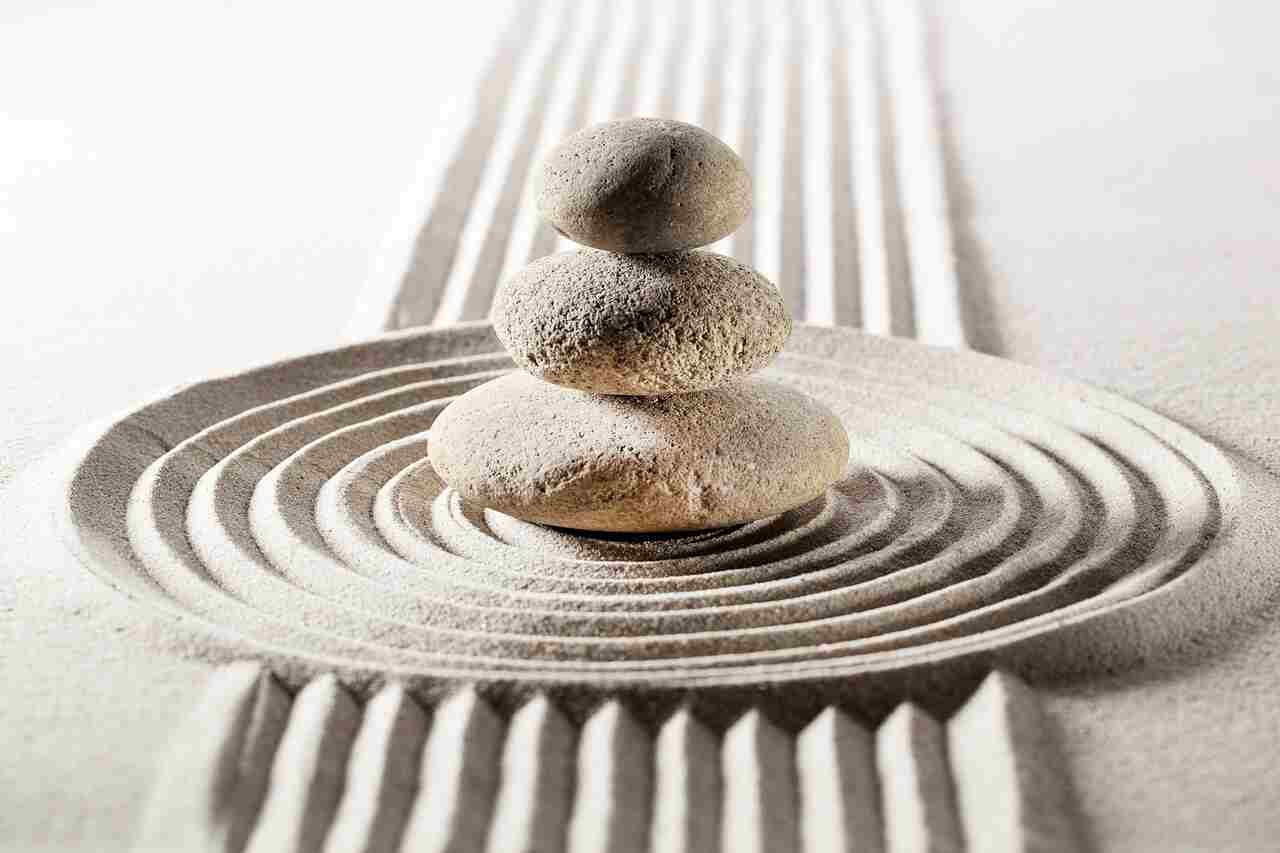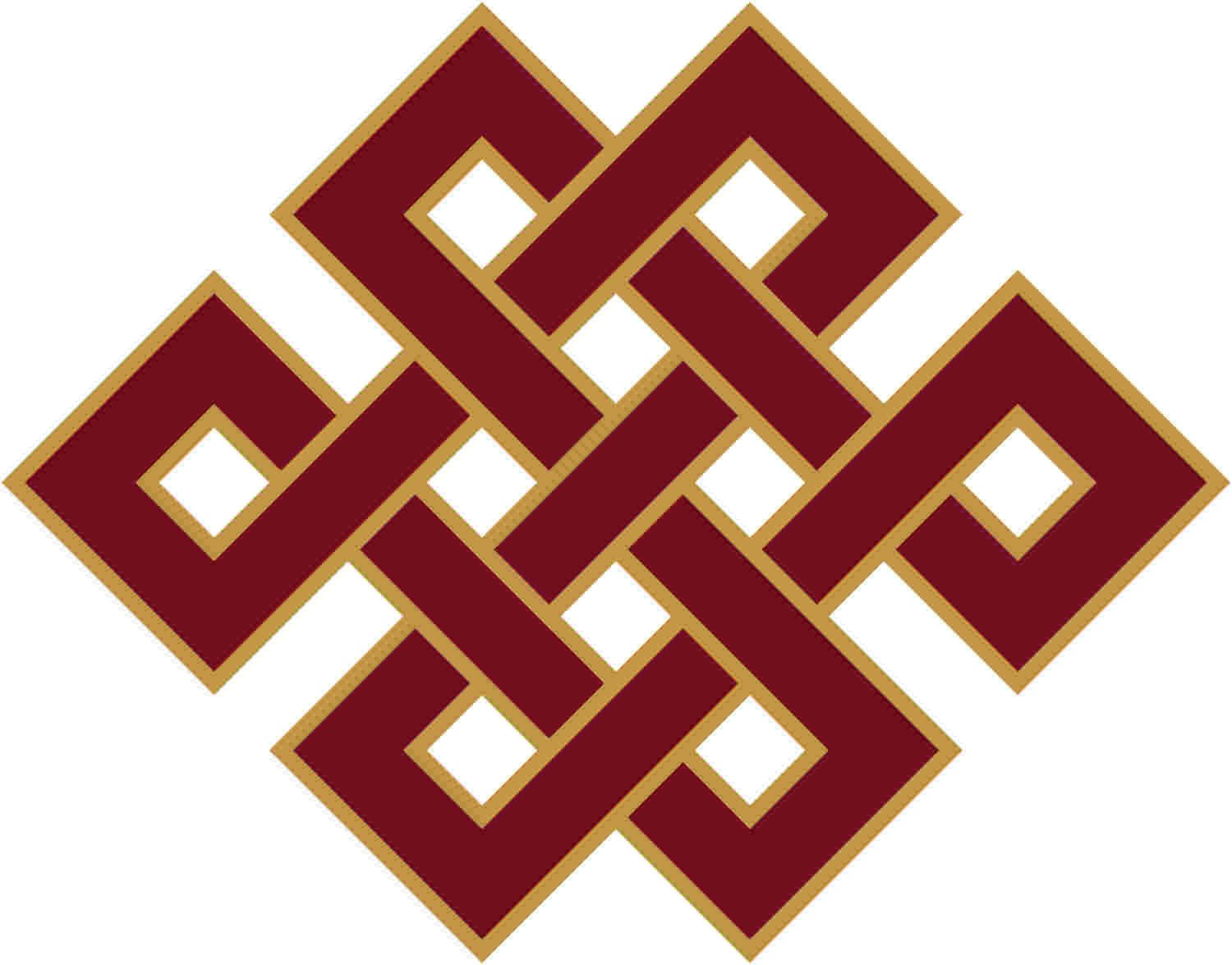Exploring Feng Shui: Enhancing Harmony and Energy Flow
Feng Shui Philosophies, they are an ancient Chinese practice, revolves around creating a harmonious and balanced environment to promote positive energy flow and enhance various aspects of life. Rooted in Taoist philosophy, Feng Shui principles are based on the belief that the arrangement and orientation of objects in a space can influence energy, or “Qi,” and subsequently impact the well-being, success, and happiness of individuals. In this article, we will delve into the fundamental philosophies of Feng Shui and provide examples of how they can be applied to create a harmonious and vibrant living or working space.
1. The Concept of Qi
Central to Feng Shui is the concept of Qi, which refers to the vital energy that flows through everything in the universe. According to Feng Shui principles, when Qi flows harmoniously, it brings positive influences and promotes balance and well-being. To enhance the flow of Qi in a space, certain adjustments can be made, such as optimizing furniture placement, incorporating natural elements, and ensuring clutter-free environments.
To optimize the flow of Qi in a space, Feng Shui practitioners utilize various techniques, such as proper furniture arrangement, color choices, and the placement of objects. By creating an environment that allows Qi to flow freely, one can enhance the overall energy and create a more harmonious and supportive space.
Example: Placing indoor plants in strategic locations, such as near windows or in the corners of rooms, can enhance the flow of fresh energy and purify the air, promoting a sense of well-being and vitality.
2. The Bagua Map
The Bagua map is a fundamental tool in Feng Shui, representing different life areas or aspects. Each section of the Bagua map corresponds to specific areas of life, such as wealth, relationships, career, health, and more. By overlaying the Bagua map onto a floor plan or individual room, one can identify which areas correspond to each aspect of life and make adjustments to improve energy flow.
Example: If the wealth area of the Bagua map falls in the kitchen, incorporating symbols of abundance, such as a fruit bowl or a representation of wealth, can enhance prosperity and financial well-being.
Feng Shui Bagua Shandi Greve Penrod, CC BY-SA 3.0, via Wikimedia Commons
To use the Bagua map, you align it with the floor plan of your space, placing the main entrance at the bottom of the map. Each area of the Bagua represents a particular aspect of life, and by examining the energy in each sector, you can identify areas that may require attention or enhancement.
3. Five Elements Theory
The Five Elements Theory, derived from ancient Chinese philosophy, is an essential aspect of Feng Shui. These elements—Wood, Fire, Earth, Metal, and Water—symbolize different qualities and energies. Balancing these elements within a space is believed to create a harmonious environment and support various aspects of life.
Example: To enhance the Fire element in a living room, incorporating warm colors, candles, or a fireplace can create a vibrant and energetic atmosphere, promoting passion and creativity.
The Five Elements Theory is a fundamental principle in Feng Shui that categorizes the natural elements into five categories: Wood, Fire, Earth, Metal, and Water. Each element represents specific qualities, colors, shapes, and characteristics. These elements are believed to interact with one another and influence the energy flow within a space.
Chinese 5 elements theory:
- Wood represents growth, vitality, and flexibility.
- Fire symbolizes passion, creativity, and transformation.
- Earth signifies stability, nourishment, and grounding.
- Metal represents precision, clarity, and efficiency.
- Water represents flow, adaptability, and abundance.
In Feng Shui, balancing and harmonizing the presence of these elements in a space is crucial. By incorporating objects, colors, and materials associated with each element, individuals can create an environment that supports and enhances the desired energy flow.
For example, if a room feels stagnant and lacks energy, introducing the Wood element through the use of plants or wooden furniture can bring in a sense of growth and vitality. If a space feels chaotic and scattered, incorporating the Earth element through earth-toned colors or grounding crystals can help create stability and balance.
4. Yin and Yang
Yin and Yang are complementary forces that represent opposing yet interconnected aspects of life. Yin is associated with feminine, receptive, and tranquil energy, while Yang represents masculine, active, and dynamic energy. Achieving a balance between Yin and Yang is crucial in Feng Shui to create harmony and equilibrium within a space.
Example: Balancing a vibrant, active workspace with a calming, restful area, such as a cozy reading nook, helps create a harmonious blend of Yin and Yang energies, promoting productivity and relaxation.
Yin and Yang represent the dualistic nature of the universe and play a significant role in Feng Shui. Yin represents the feminine, passive, and receptive energy, while Yang represents the masculine, active, and assertive energy. The interplay between Yin and Yang is essential for achieving harmony and balance.
In Feng Shui, the goal is to create a harmonious blend of Yin and Yang energies within a space. This can be achieved by considering the balance of light and dark, soft and hard, and quiet and active elements.
Yin and Yang: Exploring the Dynamic Balance of Opposing Forces
For instance, a bedroom, being a space associated with rest and relaxation, benefits from a predominantly Yin energy. Soft lighting, calming colors, and comfortable furniture contribute to a peaceful and restorative atmosphere. On the other hand, a workspace, where focus and productivity are key, benefits from a stronger Yang energy. Bright lighting, vibrant colors, and ergonomic furniture can promote alertness and motivation.
By understanding the principles of Yin and Yang, individuals can tailor the energy of their spaces to align with specific intentions and activities.
Achieving Harmony: Applying Yin and Yang in Love Relationships
5. Luopan (Chinese Feng Shui magnetic compass)
The Luopan, also known as the Feng Shui compass, is an essential tool used in the practice of Feng Shui. It is a magnetic compass that not only indicates the cardinal directions but also contains intricate markings and symbols that are crucial for conducting Feng Shui assessments and calculations. The Luopan serves as a guide in analyzing the energy flow, or qi, within a space and determining the most auspicious placements of objects and arrangements.
The Luopan consists of several concentric rings that are divided into different sections, each representing specific Feng Shui principles and calculations.
Here are some of the key components of the Luopan:
- Cardinal Directions: The outermost ring of the Luopan displays the four cardinal directions: North, South, East, and West. These directions are vital in determining the orientation of a building or space in relation to the surrounding environment.
- Twenty-Four Mountains: Surrounding the cardinal directions are the twenty-four mountains, which represent various degrees and directions. Each mountain corresponds to a particular sector and carries specific energy characteristics. By aligning the Luopan with the actual layout of a space, Feng Shui practitioners can identify the energy patterns and make appropriate adjustments.
- Eight Trigrams: The inner rings of the Luopan feature the eight trigrams, which are ancient symbols derived from the I Ching, an important Chinese divination text. These trigrams represent the fundamental forces of nature and embody various aspects of life, such as wealth, relationships, and health. By understanding the interactions between the trigrams and their corresponding sectors, practitioners can assess the energy influences in a space and recommend suitable enhancements.

More complete version with more circles of Luopan. Whipple Museum of the History of Science, CC0, via Wikimedia Commons
How to use Luopan?
Using the Luopan involves aligning the compass with the magnetic field of the location and overlaying the various rings and markings with the actual floor plan or layout of the space. Feng Shui practitioners use the Luopan to analyze the energy patterns, identify potential imbalances or negative influences, and offer recommendations to optimize the energy flow for better harmony, prosperity, and well-being.
It’s important to note that the Luopan is a complex instrument that requires extensive knowledge and experience to interpret accurately. Professional Feng Shui consultants are trained in using the Luopan effectively and can provide personalized assessments and recommendations based on the specific needs and goals of individuals or businesses.
In conclusion, the Luopan plays a crucial role in the practice of Feng Shui by providing valuable insights into the energy dynamics of a space. By harnessing the power of the compass and its intricate markings, practitioners can assess and optimize the flow of qi, leading to improved harmony, abundance, and overall well-being.
Small Feng Shui Compass, c. 1800-1894. Emory University, CC BY-SA 2.0, via Wikimedia Commons
Exploring Its 18 Components
Luopan consists of 18 parts, the first being the ba gua (八卦) the 18th being the outer part, itself divided into 3 parts.
The Luopan, also known as the Feng Shui compass, is a sophisticated tool used in the practice of Feng Shui. It consists of 18 main components, each serving a specific purpose and providing valuable insights into the energy dynamics of a space. Let’s explore these components in more detail:
- Ba Gua (八卦): The Ba Gua, or Eight Trigrams, is the first component of the Luopan. It consists of eight symbols representing fundamental forces of nature, such as Heaven, Earth, Water, Fire, and more. Each trigram carries specific energy characteristics and corresponds to different life aspects.
- Cardinal Directions: The Luopan indicates the four cardinal directions: North, South, East, and West. These directions are crucial for determining the orientation of a building or space in relation to the surrounding environment.
- Twenty-Four Mountains: Surrounding the cardinal directions are the Twenty-Four Mountains, which represent various degrees and directions. Each mountain corresponds to a specific sector and carries unique energy characteristics.
- Celestial Stems (天干): The Celestial Stems are a series of ten symbols used for counting and time-keeping in Chinese culture. In the Luopan, the Celestial Stems provide additional information and calculations related to the energy flow within a space.
- Earthly Branches (地支): The Earthly Branches are another series of twelve symbols associated with the Chinese zodiac animals. In the Luopan, they provide further insights into the energy patterns and cycles.
- Heavenly Stems and Earthly Branches Combination: The combination of the Celestial Stems and Earthly Branches offers a comprehensive understanding of the energy dynamics, helping Feng Shui practitioners assess the interactions between different sectors and make accurate recommendations.
- 360 Degrees: The Luopan is divided into 360 degrees, enabling precise measurements and calculations for determining energy influences in a space.
- San Yuan (三元): San Yuan refers to the three divisions of time: year, month, and day. It helps determine the auspicious and inauspicious energies present during specific time periods.
- San He (三合): San He represents the three harmonies and focuses on the compatibility of different landforms and structures in a given area.
- Nine Stars (九星): The Nine Stars refer to nine celestial energies that interact with different sectors. They provide insights into wealth, career, relationships, and other important life areas.
- Eight Mansions (八宅): The Eight Mansions concept divides a space into eight sectors, each associated with a specific energy quality. It helps determine the auspicious and inauspicious sectors for various activities.
- Flying Stars (飞星): Flying Stars Feng Shui is a dynamic system that assigns specific energy qualities to different sectors based on the movement of stars. It provides insights into the energy influences that change over time.
- Timeliness (时辰): Timeliness refers to the calculation of time-related energies, allowing practitioners to determine the most favorable periods for specific actions or activities.
- Compass Rings: The Luopan consists of multiple concentric rings, each containing markings and symbols for accurate calculations and assessments.
- Luo (罗): The Luo refers to the intricate markings and symbols on the Luopan, which are used for making precise calculations and interpreting energy patterns.
- Yin and Yang Symbol: The Yin and Yang symbol represents the balance and interaction of opposing forces, providing insights into the harmony and equilibrium within a space.
- Outer Part: The outer part of the Luopan is divided into three sections, which offer additional information and calculations related to the energy flow in a space.
- Qi Flow Indicator: The Luopan features a central needle or indicator that aligns with the magnetic field, helping practitioners assess the direction and flow of qi within a space.
By utilizing these 18 components, Feng Shui practitioners can analyze the energy influences, identify imbalances, and provide recommendations to enhance the harmony, prosperity, and well-being of individuals and their environments.
It’s important to note that the Luopan is a complex tool that requires extensive knowledge and experience to interpret accurately. Consulting with a trained Feng Shui practitioner is recommended for personalized assessments and tailored recommendations.
In conclusion, the Luopan is a fascinating instrument that plays a vital role in the practice of Feng Shui. Its 18 components provide a comprehensive framework for analyzing energy patterns, making calculations, and optimizing the flow of qi for improved harmony and positive transformations in various aspects of life.
Conclusion:
Feng Shui philosophies offer a holistic approach to creating harmonious and balanced living or working spaces. By incorporating principles such as optimizing Qi flow, utilizing the Bagua map, balancing the Five Elements, and embracing Yin and Yang energies, individuals can enhance the energy flow, well-being, and success in their surroundings. Whether it’s a home, office, or any other space, understanding and applying Feng Shui principles can contribute to a more harmonious and vibrant environment that supports the various aspects of life.
Note: For a more in-depth understanding and practical application of Feng Shui, it is recommended to consult a qualified Feng Shui practitioner who can provide personalized guidance based on specific needs and circumstances.
Sources: PinterPandai, Sunny Ray, Howard, The New York Times, Mind Body Green, The Spruce, Healing With Balance
Photo credit: 18121281 via Pixabay
Zi Wei Dou Shu | Purple Star Astrology | Emperor’s Astrology for Personal Insights



